|
|
|
|
|
|
|
 According to historical data Ulcinj is fro sure one of the oldest towns on the Adriatic coast. It is thought that Ulcinj is more that 2.000 years old. In this area for centuries the cultures of Orient and the West collided, which by the richness of the historical inheritance, can be felt in every step. As the tracks of the first settlements in Ulcinj appear even before V century B.C. it is considered that Ulcinj was founded by Illyrians, the people of the Indo-European origin. At the time of the free Illyrian state, Ulcinj experiences its greatest bloom. According to historical data Ulcinj is fro sure one of the oldest towns on the Adriatic coast. It is thought that Ulcinj is more that 2.000 years old. In this area for centuries the cultures of Orient and the West collided, which by the richness of the historical inheritance, can be felt in every step. As the tracks of the first settlements in Ulcinj appear even before V century B.C. it is considered that Ulcinj was founded by Illyrians, the people of the Indo-European origin. At the time of the free Illyrian state, Ulcinj experiences its greatest bloom. |
|
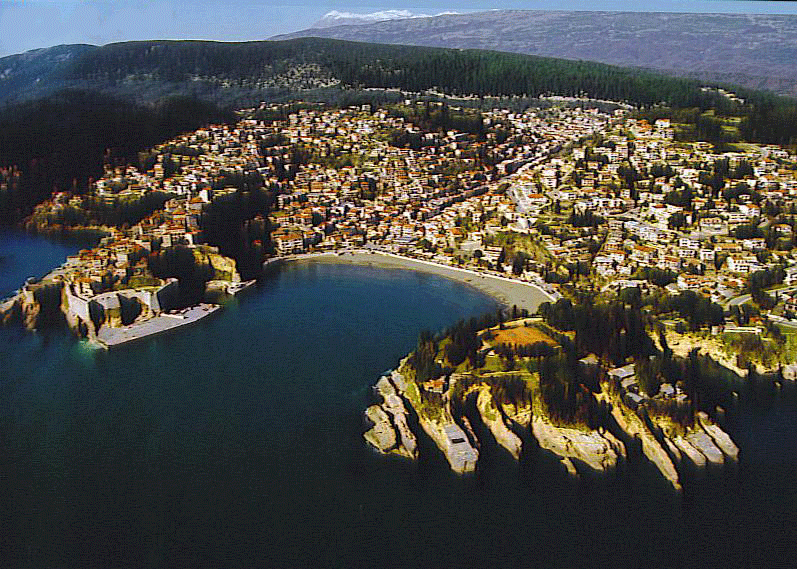 Name Ulcinj Name Ulcinj
The original name of Ulcinj was Kolhinijum, and it got such name by Kolhidians (a tribe of Greek origin) for which is thought that they are the founders of the old Ulcinj Lake. Before the year 162 B.C. Ulcinj is ruled over by an Illyrian tribe Olcinijantas, which in the II century B.C., was conquered by the Romans, so the ancient Colchinijum becomes Olcinijum. |
|
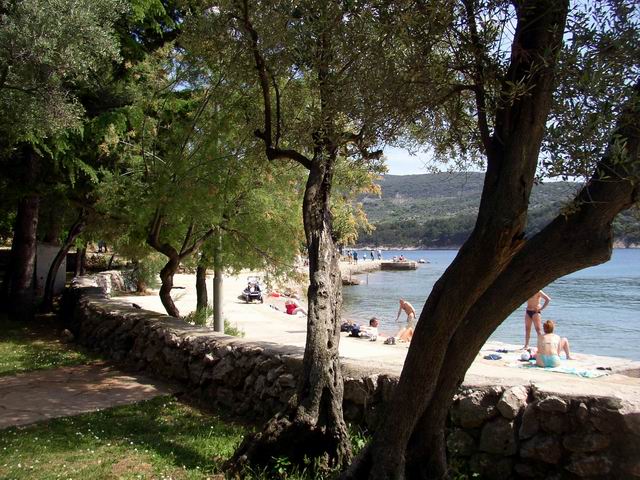 Ulcinj During Roman Empire Ulcinj During Roman Empire
During the time of the Roman Empire Ulcinj receives a status of a town with special privileges (Opida civijum romanorum), in order to later become a town with temporarily independent status a Municipium. After the division of the Roman Empire Ulcinj belonged to province Prevalis, which was a part of the East Empire, and the inhabitants becomes Christian. Because of an extraordinary geographical location, mild climate and relief, Ulcinj has been for centuries a target for the conquerors. That Montenegrin town at the utmost south was frequently ruined during the wars. Byzantium emperor Justinijan, has renewed and rebuilt Ulcinj, while Nemanjici, Balsici, Venetians and Turks have widened the town with new buildings. |
|
 Ulcinj During Raska State Ulcinj During Raska State
In the year 1183 Ulcinj was taken over by the Great Serbian rector Stefan Nemanja, and in that period Ulcinj becomes one of the most significant coastal towns. As well as in the era of the Duklja rulers (since the IX century and on), Ulcinj is a distinguished coastal town with mixed Slav, Albanian and Roman citizens. Ulcinj was not a permanent capital of the rulers and co-rulers of Zeta and the Coast, but the potentates of Zeta and the Coast had their residences in that town. Especially in the period of the reign of Duklja and the state of Nemanjic, Ulcinj gains a medieval character. At that time Ulcinj was an important trading and naval center with the autonomy of the town inside the Raska state. |
|
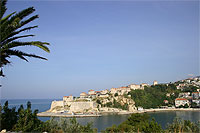 Ulcinj During Balsic Ulcinj During Balsic
The political significance of Ulcinj was very distinct in the era of Balsici, especially in the era of Djuradj Stratimirovic Balsic (1385 1403). In a dash at the end of the XIII century even the Mongolians, who performed an unsuccessful siege of the town, attacked Ulcinj. After the failure Mongolians have ruined the town Svac (close to Ulcinj today a dead town), and murdered all of its citizens |
|
 Ulcinj During Venetian Rule Ulcinj During Venetian Rule
After the fall of the state of Zeta in 1405, Ulcinj is taken over by the Venetians and they rule for 150 years. Ulcinj was under Turk reign until 1571, when it definitely falls into hands of a heavy Turkish hand. Compared to the adjacent towns on the Coast, Ulcinj has fairly late fell into the reign of Otoman control, 90 years after the fall of Herceg Novi (1482 1483) As during the reign of Venetian Republic Ulcinj had an evidential fortification, strategic, naval and economic and political significance. |
|
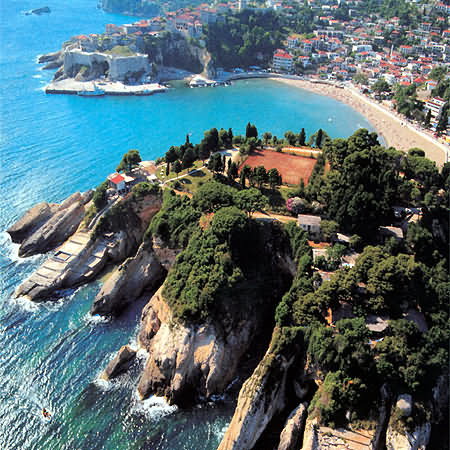 Ulcinj During Turkish Rule Ulcinj During Turkish Rule
Turkish conquerors continued to develop strategic goals. Still, during the era of the Turkish reign over the town, Ulcinj gains a completely Oriental look. Mosques, Turkish baths, drinking fountains, watch towers, inns and burial chambers are being built. Everything in towns is adjusting to the new masters. Ulcinj was also famous as a place of a long and rich naval and merchant tradition. In this town sailing reached its top rise in XVII, XVIII, and during the XIX century. The naval trade of people from Ulcinj with their own boats took place in bigger harbors and trading centers of the Adriatic coast, Levant and the Mediterranean. During the era of Turkish reign (1571 1880) Ulcinj with its trading fleet has become the main pillar of Otoman Empire on the Mediterranean. Brave and skilful mariners from Ulcinj have poorly acknowledged the state reign of the Turks. Until the proclamation of Mehmed Busatlija for the Grand Vizier of Skadar, Ulcinj was like a small republic. It is written that the Grand Vizier of Skadar in deceit, to restrain the piracy, which at that time grew more and more, in port Valdanos sank liners form Ulcinj, after which people from Ulcinj officially recognize the Turkish reign. |
|
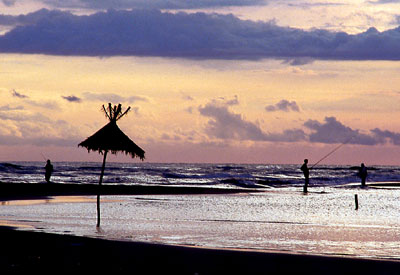 During the era of the Montenegrin During the era of the Montenegrin
Reign (1880 1918) in Ulcinj, 107 sailing boast were registered. People from Ulcinj were skilful mariners and good ship wrighters. In the XVII century the fleet of Ulcinj had 500 two master ships, which sailed across the Mediterranean Sea. Many wars have imperiled the development of the Ulcinj fleet. In the XIV century Ulcinj was known by 400 pirates from Malta, Tunis, and Algeria who have inhabited Ulcinj after the Kanidian war (1669), so Ulcinj has turned into a dangerous pirate nest, which remained a characteristic of the town during the XVII and XVIII century as well. After almost 300 years, at the beginning of the 1878 Ulcinj is freed from the Turks, and after the decision in Berlin congress on the November 10 1880, Ulcinj is annexed to the Principality of Montenegro. The First World War Ulcinj waited as an integral town of the former Montenegrin Principality. Even though the King and the Prince of the Montenegro, Nikola I Petrovic Njegos, at the beginning of the XX century moved one part of the Christian citizenship, in Ulcinj Islamic citizenship, that was loyal to the Principality of Montenegro, still prevailed. As in many other towns of the Montenegrin Coast in Ulcinj too the vortex of the Second World War was felt. |
|
 Ulcinj During World War II Ulcinj During World War II
In the year 1941 German and Italian troupes conquered the entire Montenegro, and stayed in it until the crash of Nazism at the end of 1944, when partisan troupes liberated the utmost south town on the Montenegrin Coast Ulcinj. Beside its rich cultural and historical heritage this ancient town is famous for its multiethnic and multinational structure of the citizens who through history was united and offered resistance to the conqueror, especially during the Second World War. On those, for Ulcinj very important historical days, remind many commemorative plaques and busts all over town. After the Second World War the renewal of all towns on the Montenegrin Coast as well as Ulcinj began. The great tourist potential which Ulcinj with the surroundings has even today, was and remained a great chance for a successful development of the most important economic branch in Montenegro tourism.. Today, Ulcinj is a famous multiethnic and tourist town in the South of Montenegro, which from year to year marks greater and greater number of domestic and foreign tourists. |
|
|
|
|
|
